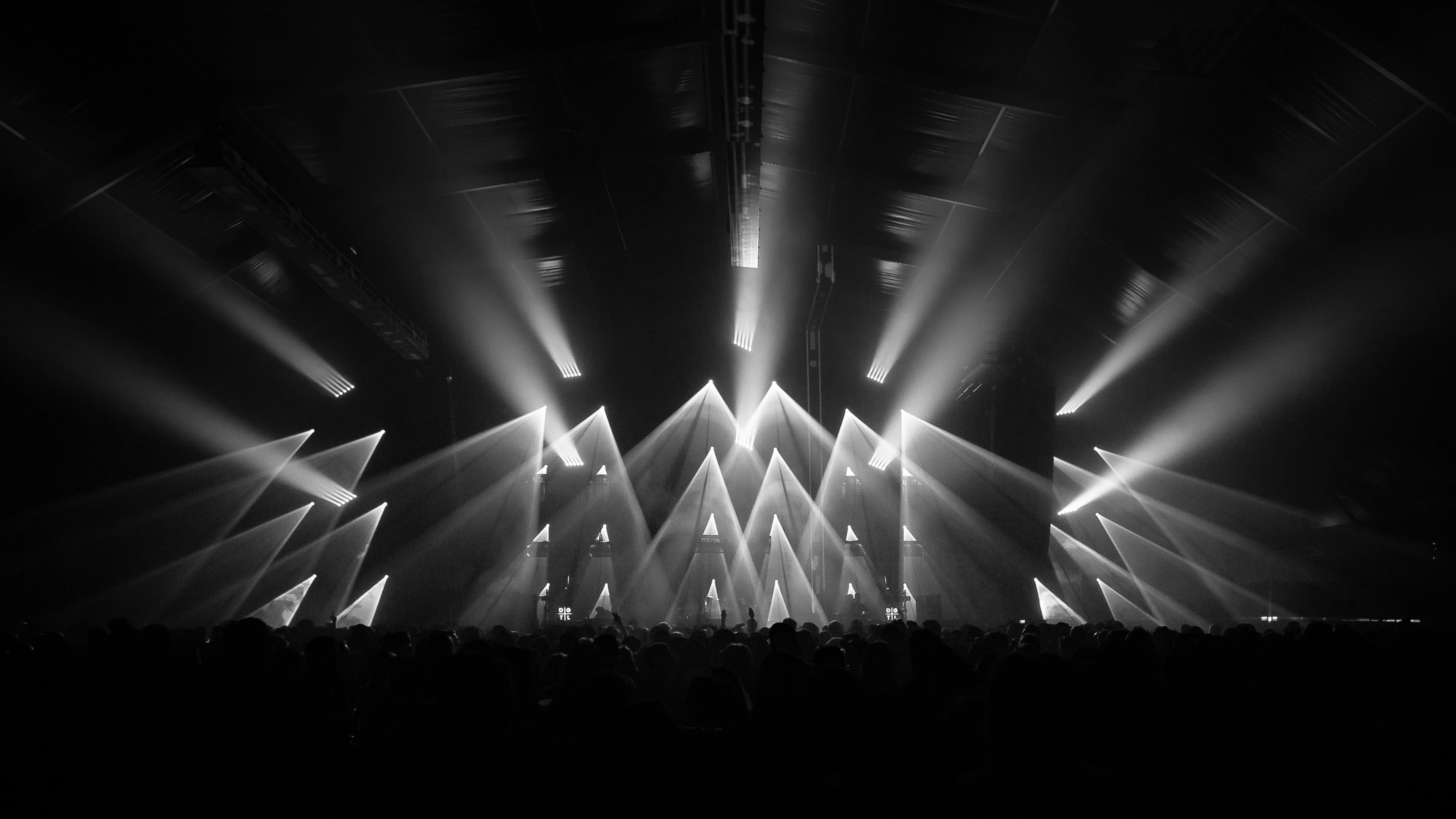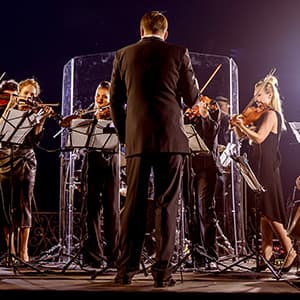

Ravels Daphnis And Chloe Tickets
Up to 30% Off Compared to Competitors.
Location: Select Location (e.g, New York)
Events Nearby
We're Sorry. There are currently no events near you.
About Ravel's Daphnis And Chloe
In recent years, Ravel's Daphnis et Chloé has continued to be a significant part of concert programming, with numerous orchestras and ensembles performing both the complete ballet and the orchestral suites derived from it. Concerts featuring Daphnis et Chloé often highlight its lush orchestration and evocative storytelling, captivating audiences with its vibrant imagery and emotional depth. Notable recent performances include concerts by the Berlin Philharmonic, the London Symphony Orchestra, and the New York Philharmonic, each bringing their unique interpretation to Ravel's masterpiece. Additionally, the work has been featured in various music festivals and special events, emphasizing its enduring popularity. In 2023, orchestras around the globe are celebrating the 111th anniversary of its premiere, with themed concerts and educational programs aimed at introducing new audiences to the beauty and complexity of Ravel's score. Furthermore, contemporary ballet companies are increasingly incorporating Daphnis et Chloé into their repertoires, bridging the gap between classical music and modern dance, ensuring that Ravel's work remains vital and relevant in today's cultural landscape.
Ravel's Daphnis And Chloe History
Daphnis et Chloé, composed by Maurice Ravel between 1909 and 1912, is a ballet score that stands as one of the composer's most celebrated works, showcasing his mastery in orchestration and thematic development. The piece is based on a Greek romance written by Longus and tells the story of two young lovers, Daphnis and Chloé, who experience various trials and tribulations before ultimately finding happiness together. Originally commissioned by the Ballets Russes, the ballet premiered in 1912 under the direction of Russian ballet impresario Sergei Diaghilev. Ravel's lush, impressionistic score was groundbreaking for its time, combining rich harmonies with innovative orchestral textures and color. The work is notable for its expansive orchestral palette, including a large orchestra, chorus, and even the use of a wordless female chorus in the final movement. Although it was initially composed as a ballet, Ravel later arranged a suite from the score, which has since become a staple in concert repertoire and is frequently performed in concert halls around the world.
